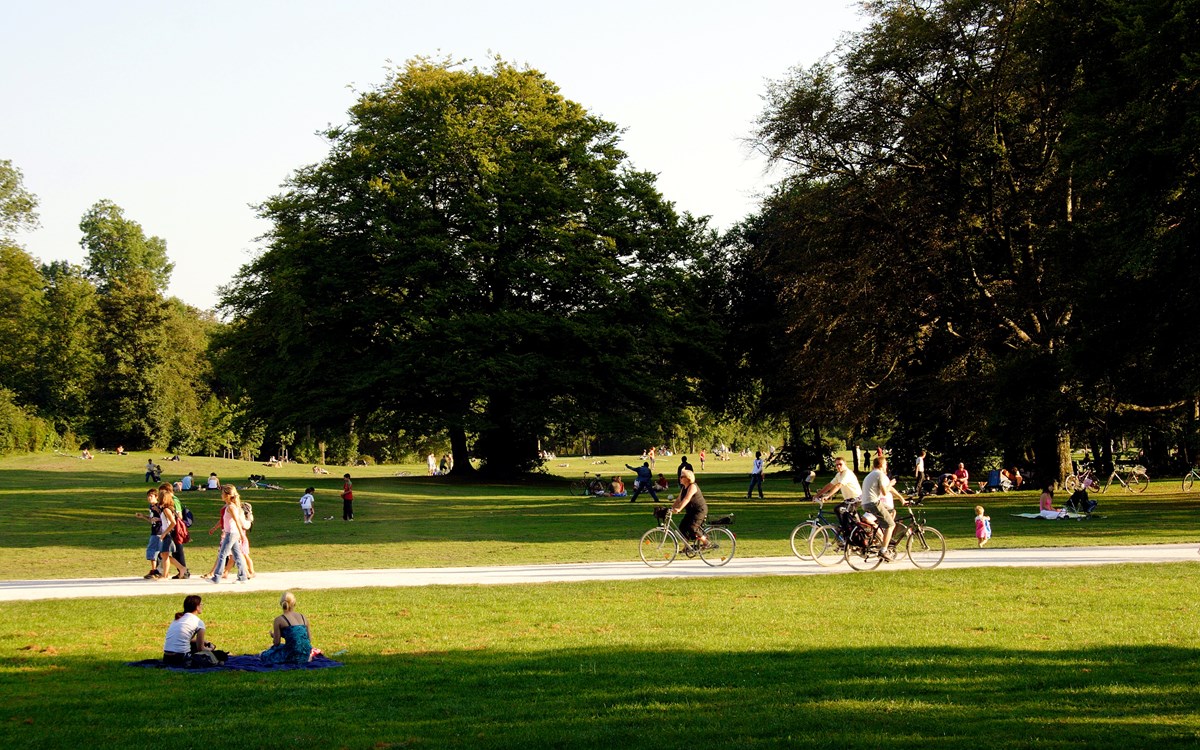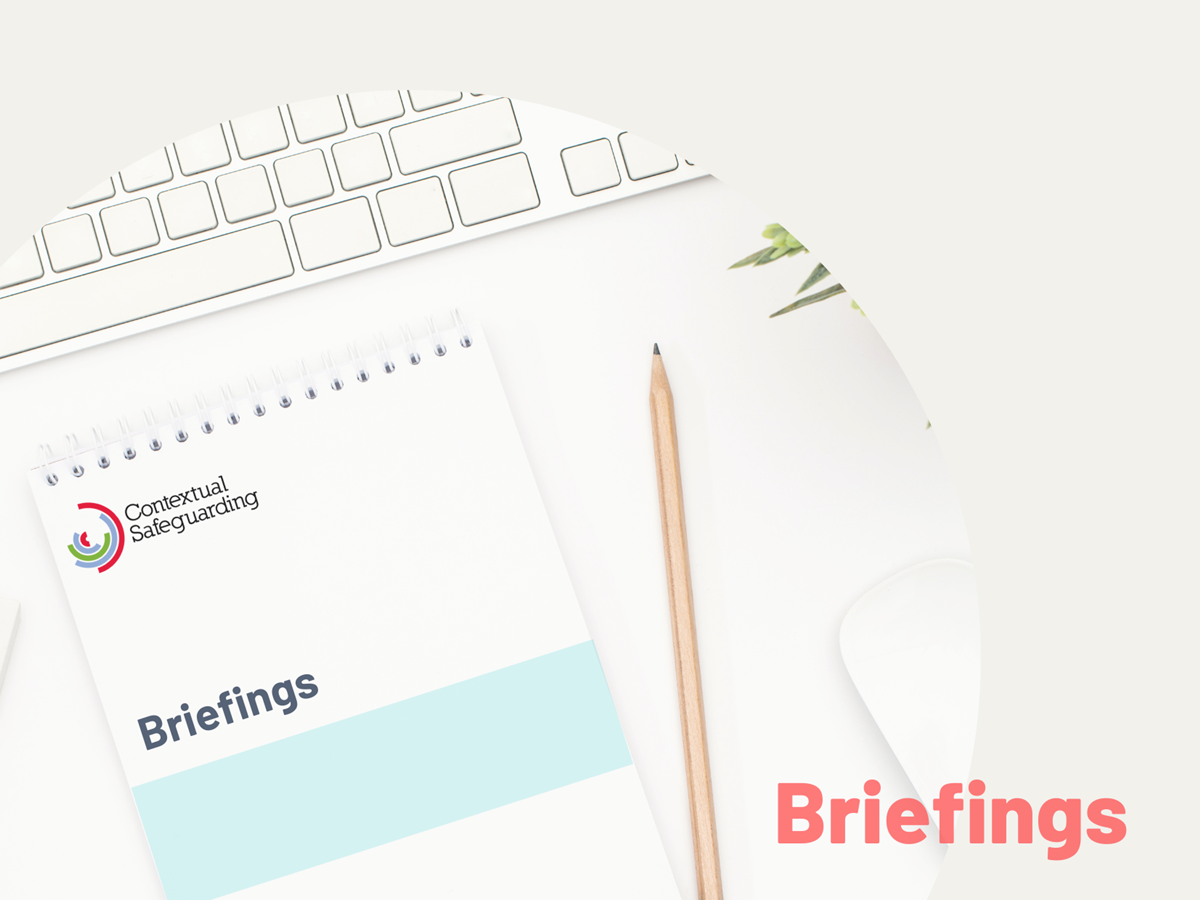Briefing: The impact of Covid-19 on identifying and responding to extra-familial harmAuthor: Vanessa Bradbury-Leather “We were being told that the prediction was that domestic abuse would absolutely rocket, we were being told that online exploitation was going to rocket, we were not sure what was going to happen in terms of county lines, we didn’t know how many of our young people were going to abide to lockdown, we had no real sense of whether they were going to or whether they weren’t going to.” “Everything was totally up in the air” “And so we were trying to galvanise ourselves to dealing with a situation that was, it was unprecedented, and we didn’t know how to respond really to it effectively or what we were going to do that was the right thing.” What was the impact of the Covid-19 pandemic on services that respond to extra-familial harm? Did Covid-19 restrictions exacerbate inequalities, and how did this impact on the identification of, and response to, extra-familial risk? What were the impacts when lockdown restricted physical access to spaces and places where young people spend their time? What did the loss of protective people and contexts (peers, professionals and community guardians) mean during this time? And how can these learnings from this period inform our practice now, and in the future? This briefing will explore reflections from Scale Up practitioners on how patterns of extra-familial harm had been impacted by the conditions created by Covid-19, and the ways in which services initially responded. It will highlight challenges faced and identify examples of practice, flagging learning for continued efforts to safeguard young people from risks beyond their families. |
|
The research highlighted some key themes: Identification Practitioners provided an insight into the impact of Covid-19 restrictions on the prevalence of, and their ability to identify, extra-familial harm. They reported on the following themes:
Response Several challenges were raised about practitioners’ ability to respond to extra-familial harm under lockdown restrictions. Including:
|
|
While it has now been some time since Covid-19 lockdown restrictions, this briefing has highlighted wider observations that have significance for how we respond to extra-familial risk more generally. Namely:
|

|
The findings in this briefing reflect data that was collected during the first outbreak of the Covid-19 pandemic. This was a time when young people and social workers lives were drastically impacted – environments where young people spent their time changed, practitioners worked from home, businesses and schools shut, and government guidance was ever-changing. We wanted to understand the impact of Covid-19 on the changing landscape of child protection, to see whether Covid-19 was impacting extra-familial harm and responses to it and capture how social work practitioners adapted and responded during this time. Although time has now moved on, this briefing should contain useful learning for how we respond to extra-familial risk now and in the future. |
|
Photo by Ignacio Brosa on Unsplash |
|
The impact of Covid-19 on identifying and responding to extra-familial harm |
December 2022
Vanessa Bradbury-Leather

